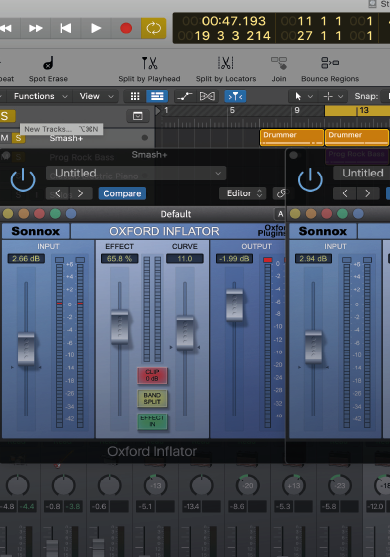Sonnox is well respected for its sonically superior plugins. There are a few I use regularly - mainly the Oxford Limiter and SuprEsser DS - both of which I use for podcast editing as well as music production. But there is another great Sonnox plugin which has been around for as long as I remember which I’ve seriously underestimated - the Oxford Inflator. And it’s far from a one trick pony.
In today’s climate of ‘everything louder than everything else’ there’s a limit to how far you can go with this quest before science literally stops you in your tracks. There’s much debate about whether the quest for ‘loudness’ is damaging the production of real dynamic music, but like everything that is consumed, we have little choice but to pander to market forces or be left on the sidelines.
In these times of short attention spans and beat-oriented hooks, your work needs every edge it can possibly gain to reach an audience. Loudness is, therefore, a combination of perception and level. While the objective is to grab the listener’s attention, I think it’s the combination of volume and dynamics which is important, not to mention the quality of the music itself. I remember a decade ago buying a Skrillex CD and marvelling at how big and dynamic it sounded, but noticing how the meters sat at the same position pretty much throughout every song. Perception?
Three In One
I’ve used Inflator for ages on the mix bus, but I only recently put it on an individual channel - and that was kind of by accident. Inflator is one of those plugins that does multiple things and represents amazing value for money: The obvious is that of a saturation loudness enhancer, but it’s also extremely good at creating depth within a mix, and by that I don’t just mean more low end EQ; I’m talking about the perception of distance that a particular instrument or voice is away from you. The third thing it does extremely well is increase the harmonic density of a sound or instrument, making it seem larger or more aggressive.





